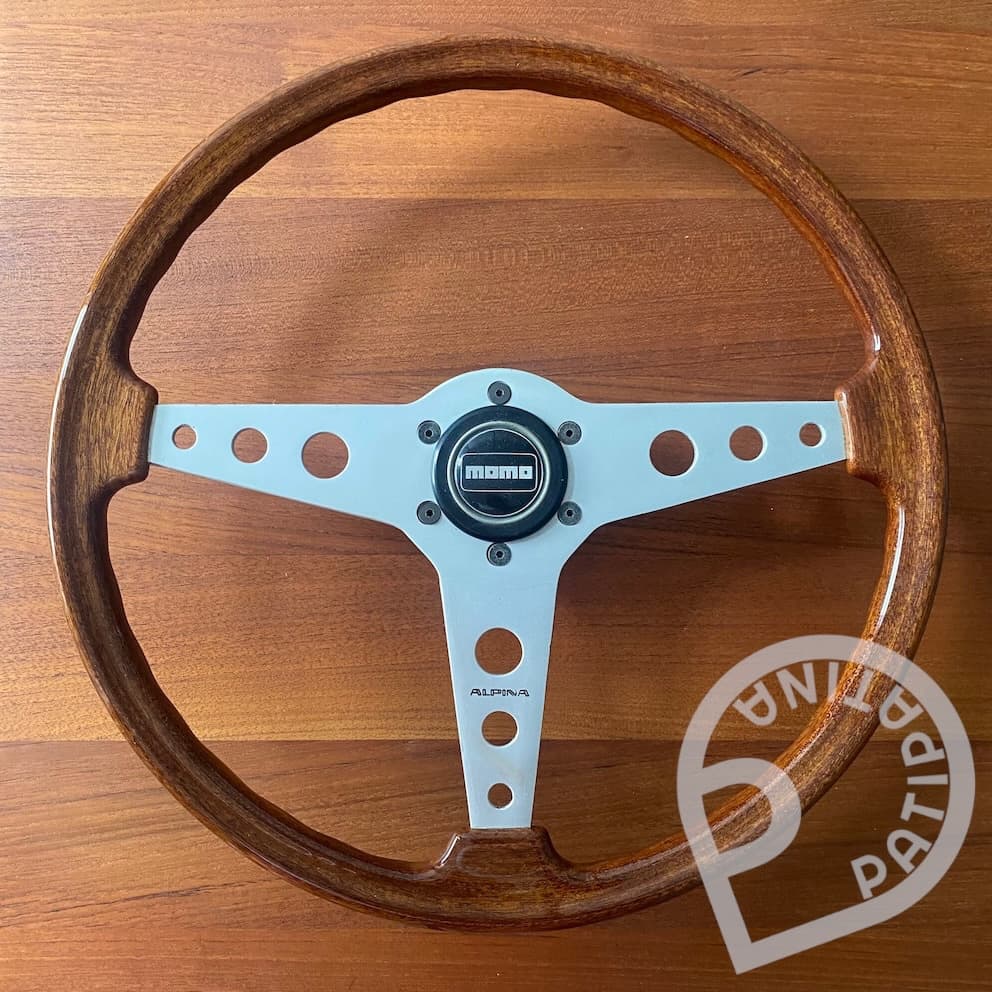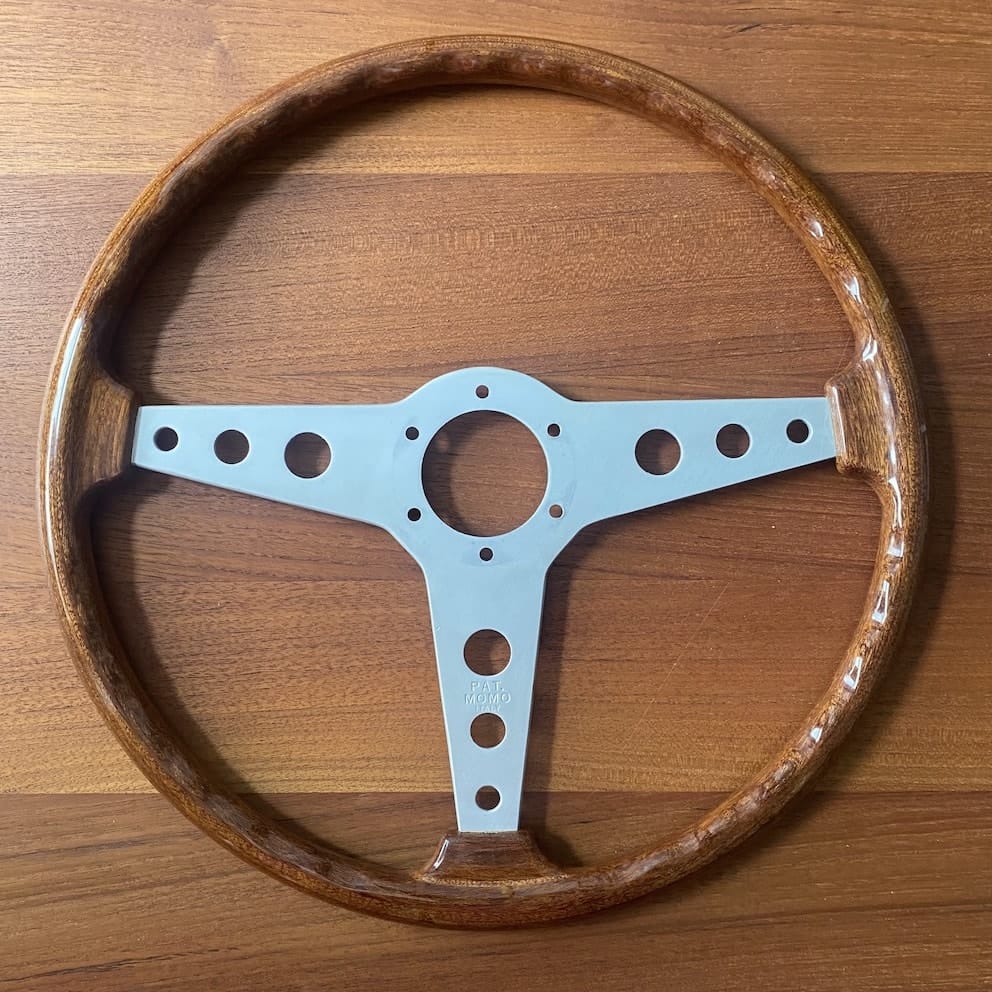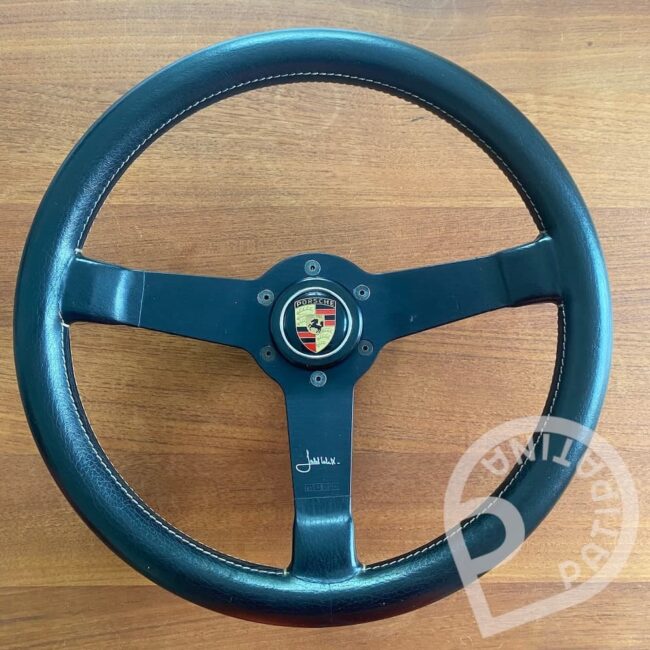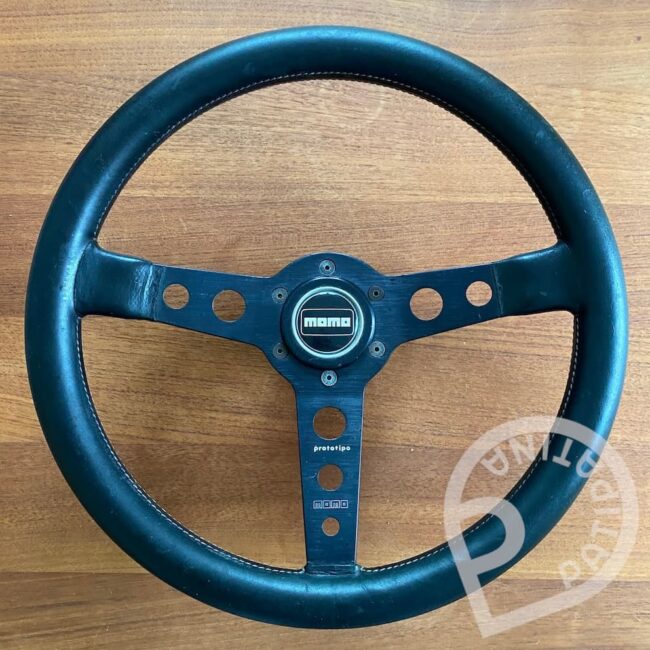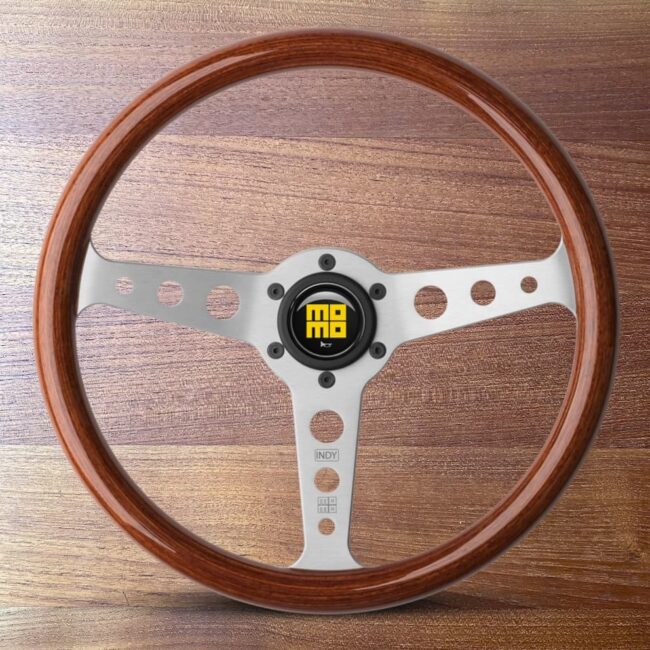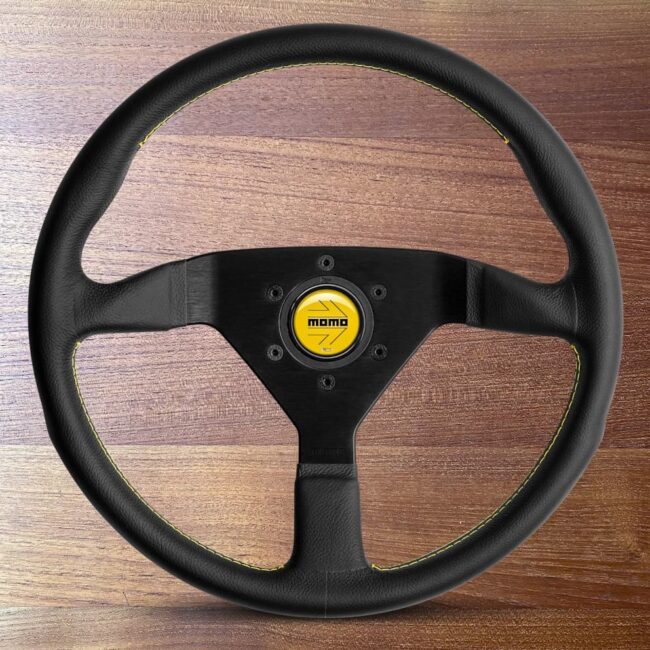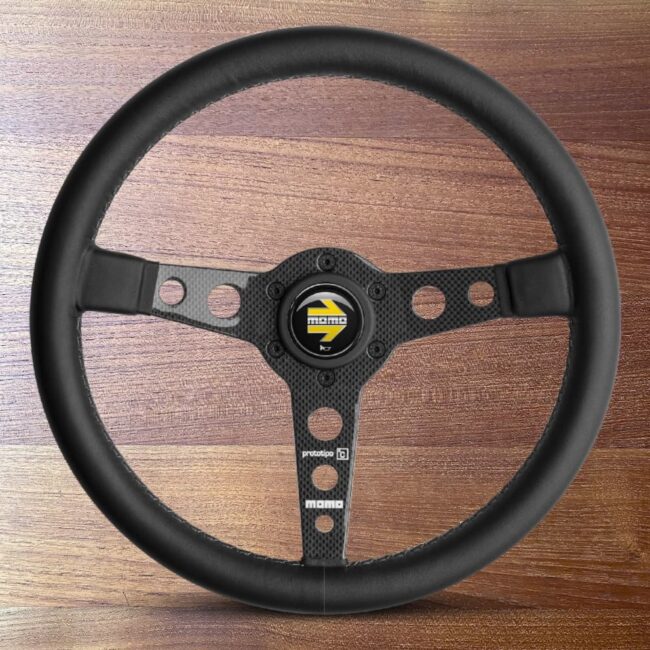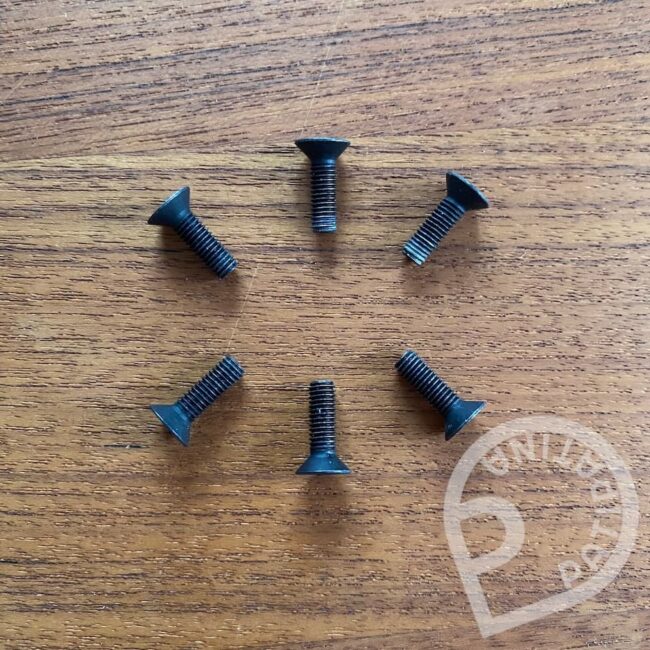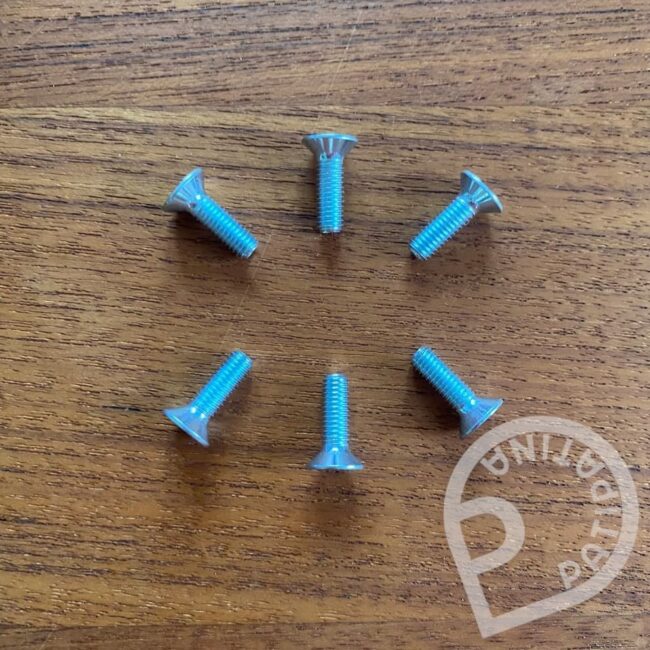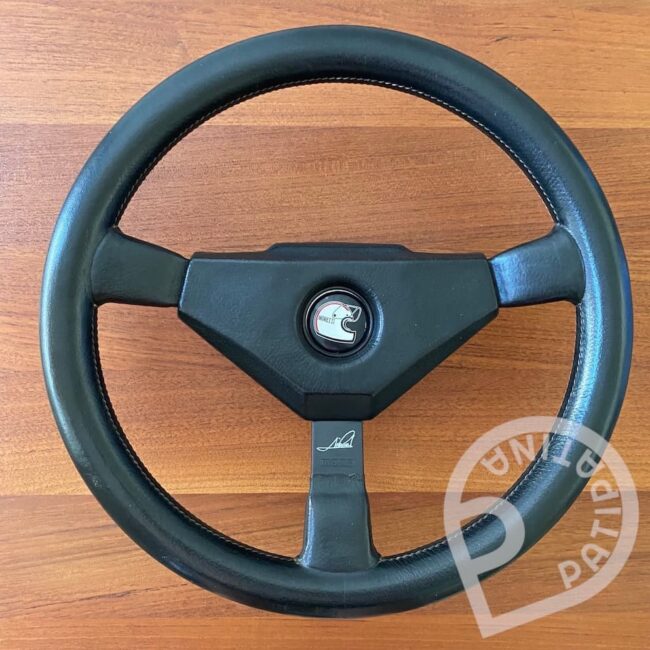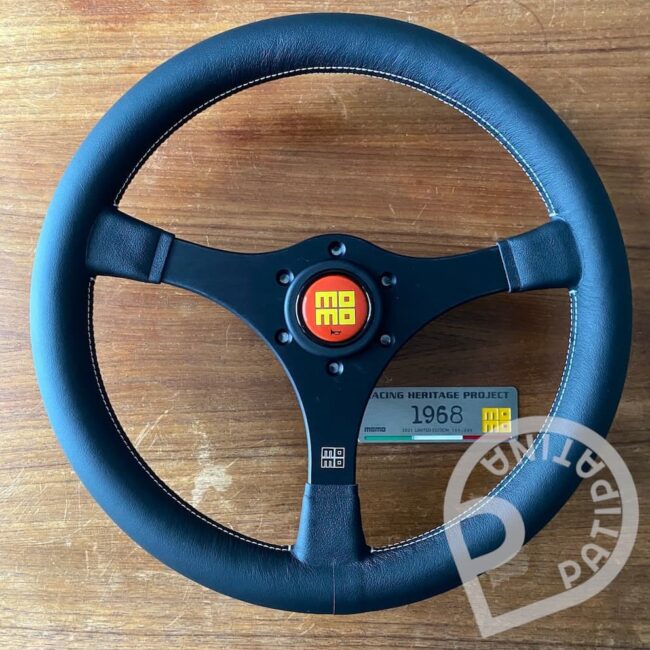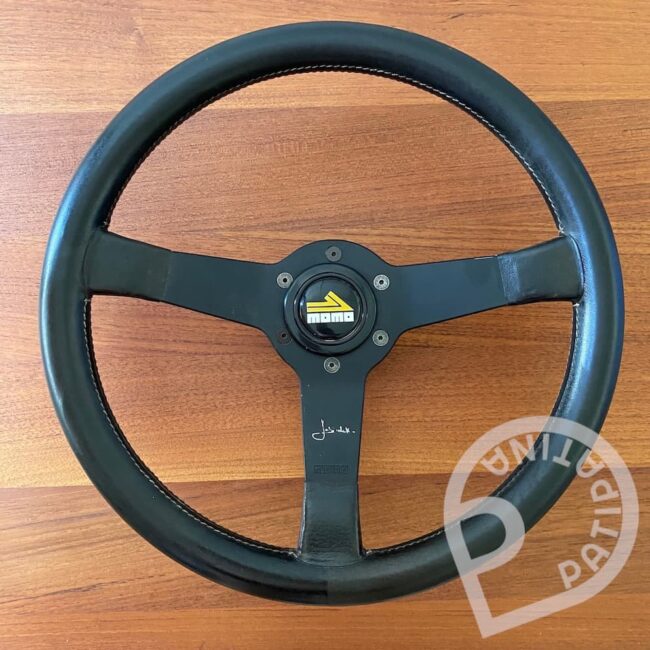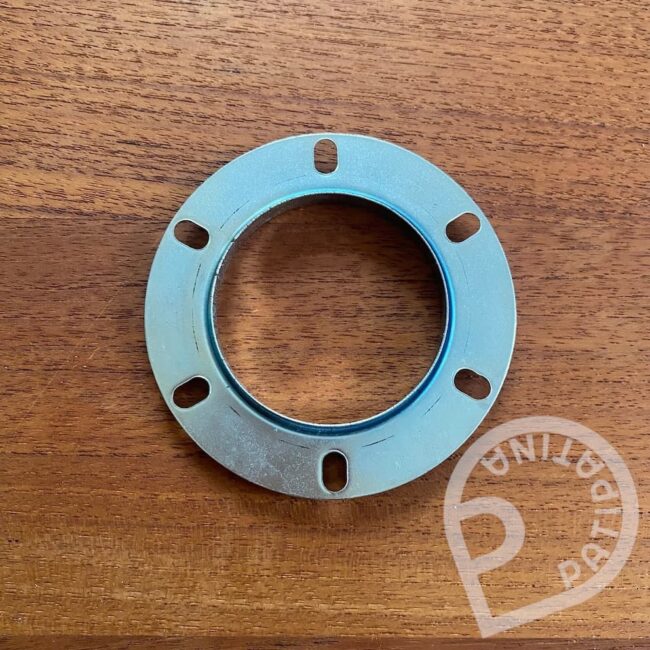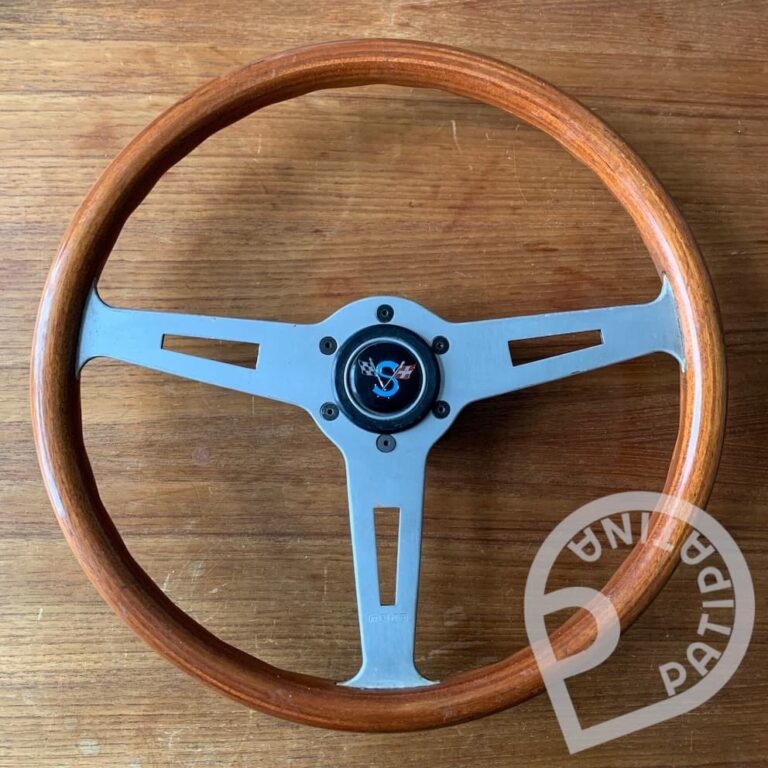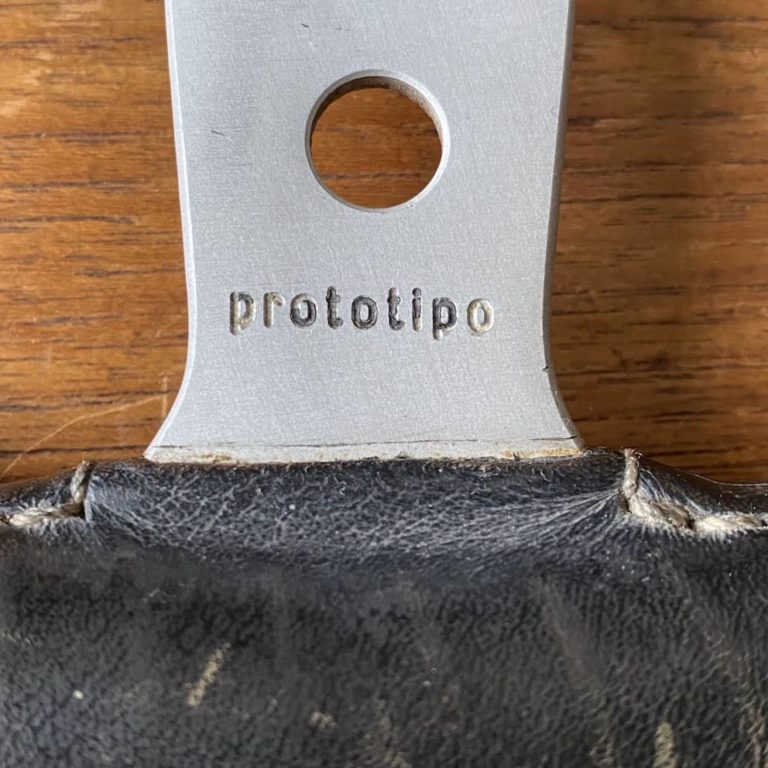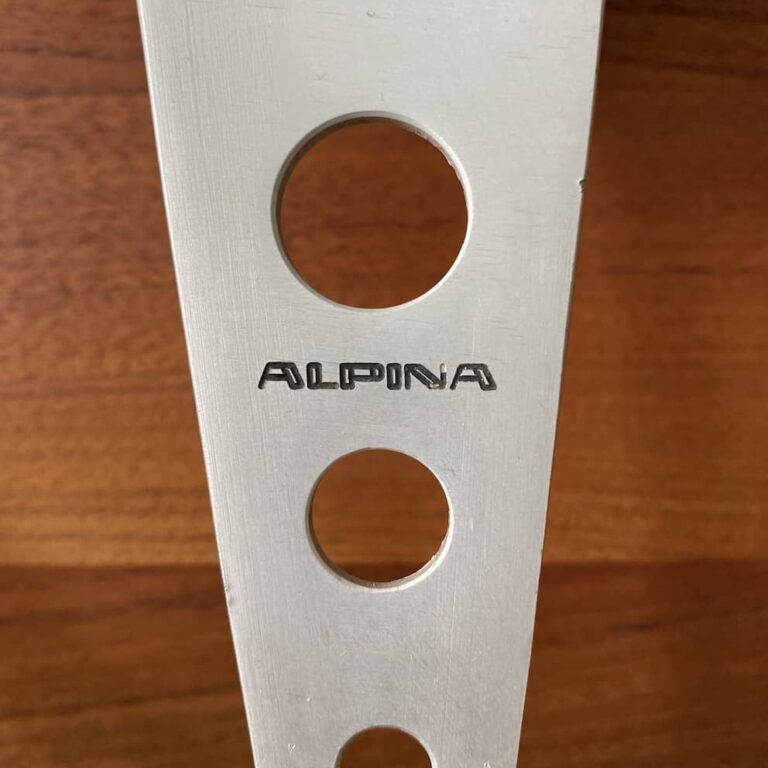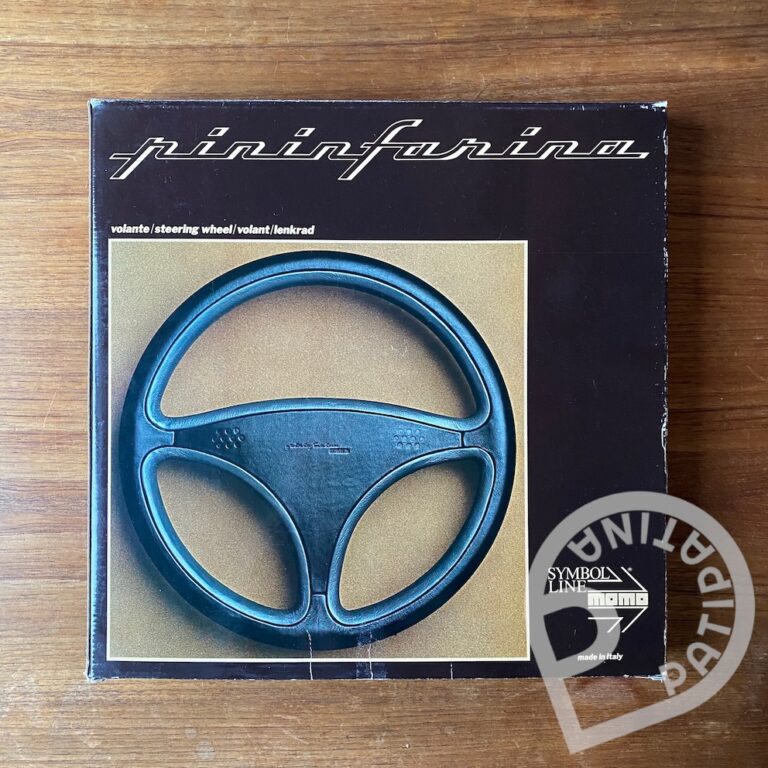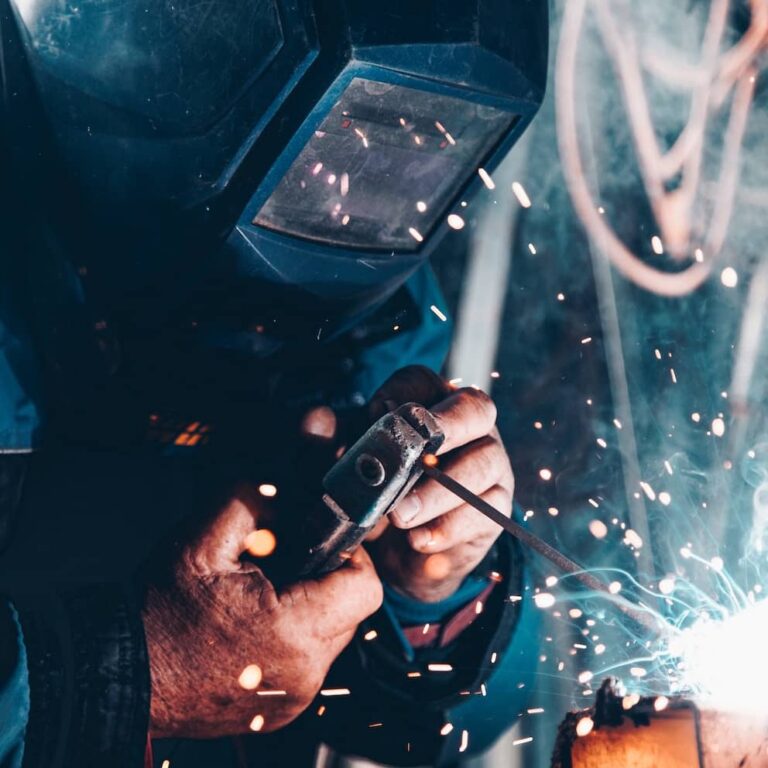Restoration of a wooden steering wheel
Unlocking the enigma – the challenging art of restoring a wooden steering wheel
Restoring a wooden steering wheel is a truly mesmerizing endeavor that demands a unique set of skills, attention to detail, and a dash of experience. Something I don’t have, but I got to know a gentleman who does. Delicate craftsmanship meets automotive history in this process, which poses a plethora of challenges to even the most skilled artisans. Wooden steering wheels have a timeless charm that exudes elegance and nostalgia. As classic vehicles age, these ornate pieces often suffer from wear, discoloration, and deterioration. Restoring a wooden steering wheel is not merely a repair job; it’s a journey to preserve the essence of automotive history.
As Amazon Associate I earn from qualifying purchases. I may receive a small commission at no additional cost to you for purchases made through links in this post.
First I have to say, the old gentleman who did this incredible work is an old school type of guy, completely offline, he has heard about emails but he prefers personal contact. Come by, bring the steering wheel and pick it up after three weeks. Done. Also means that I can only begin to reproduce what he wanted to reveal to me in fragments.
Removing the clear coat
The first enigmatic step in the restoration process involves removing the existing clear coat. This protective layer, often degraded by time, needs careful handling. What you definitely shouldn’t use for this is any type of chemical remover or sandpaper, it would damage the wood beneath. Chemical remover would attack the surface too much, sandpaper would remove too much of the surface, the finger grips on the back would be gone and also the special shape of the steering wheel handle. The nice gentleman, let’s call him Peter, that’s his name, uses a special thermal process, steam. He didn’t want to say more.
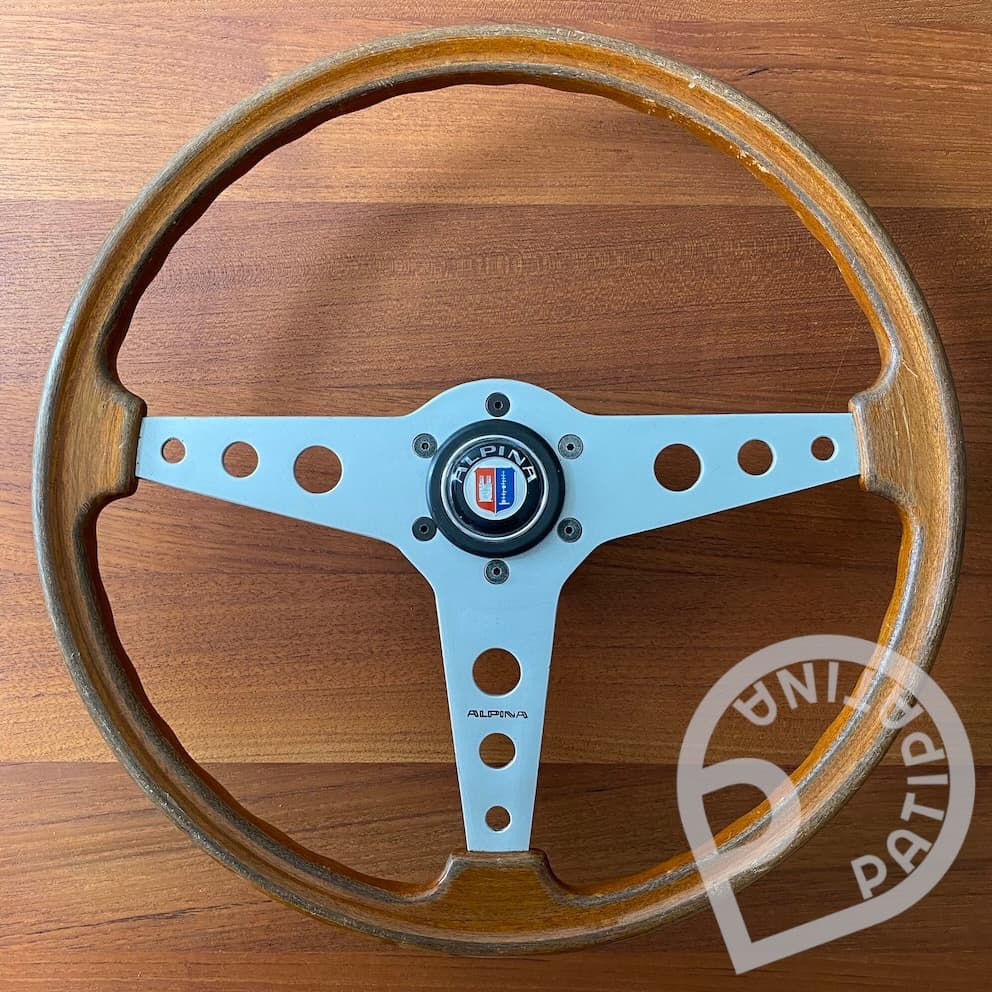
ALPINA 380mm steering wheel looking for some love
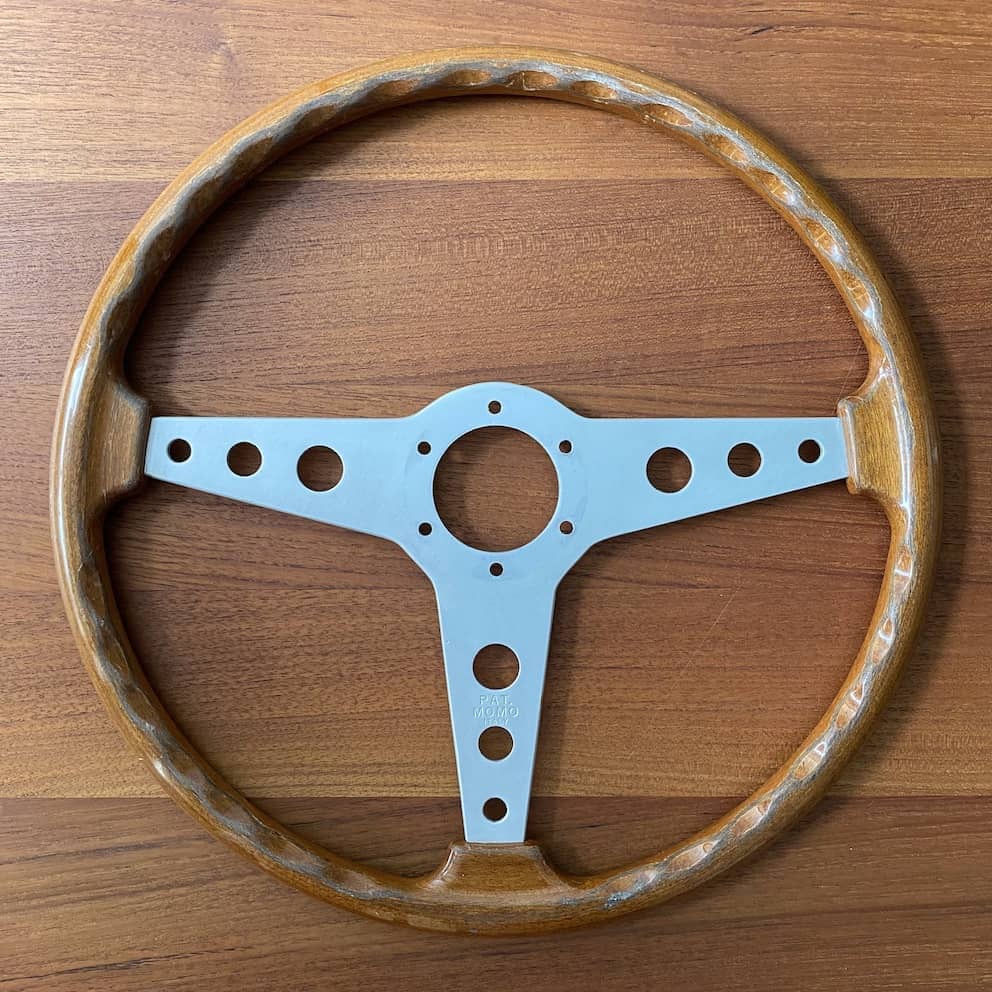
Signs of years and years of use
The puzzle of sanding and shaping
Of course, once the clear coat is removed, there is some sanding the wooden steering wheel surface involved. The artisan must navigate the curves and contours of the wheel to preserve its original shape while creating a smooth surface for the upcoming clear coat. And if there are, for example, small cracks, then of course they are treated first. Glued and filled in, tightened with screw clamps and then you have to wait again.
The art of applying clear coat
Secrets again. Different materials that build up surface tension among themselves. After this statement by Peter, I mentally dropped out. After a few layers, at the very end, he said, the actual clear coat comes into play. And it could also be repaired if there were fine scratches. none of this would damage the layers underneath.
He told me he sanded each layer appropriately before adding the next, ensuring optimal adhesion and a flawless finish. A masterful finesse to achieve a remarkable result that protects the wood while showcasing its natural beauty.
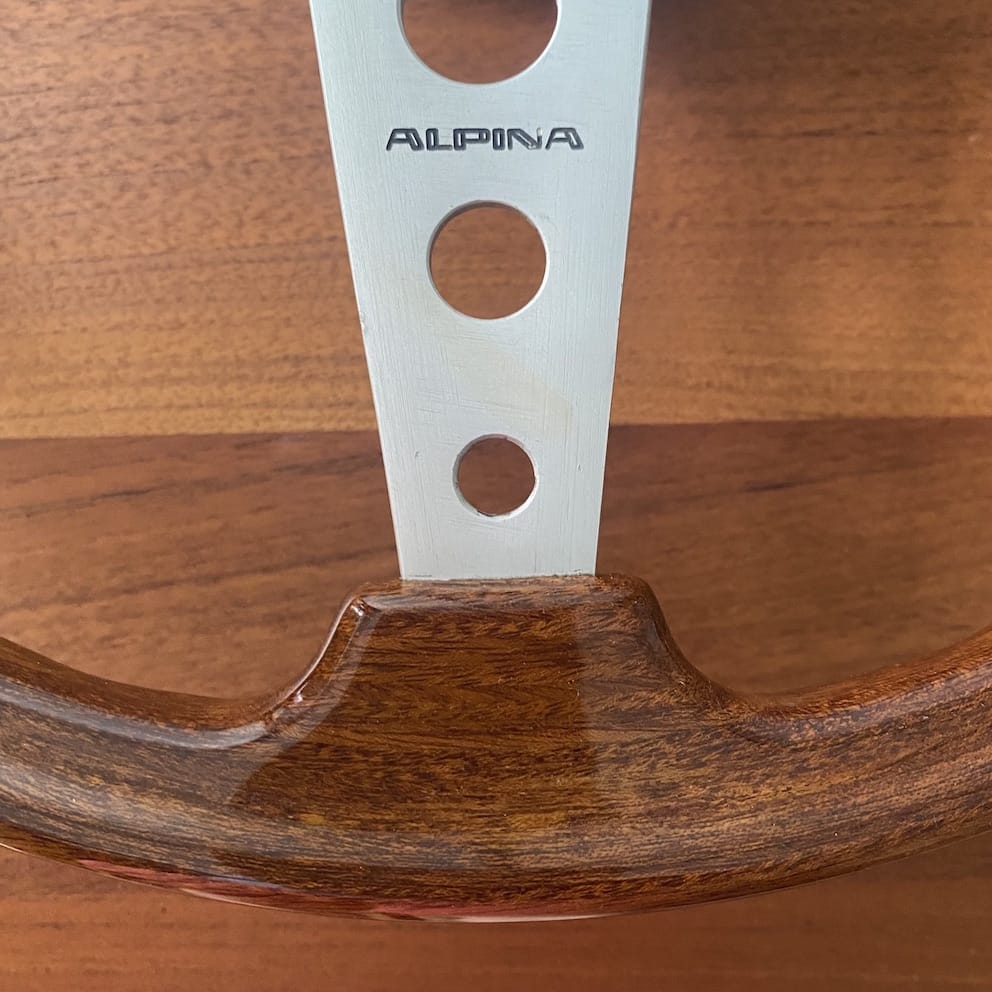
Back to its former glory
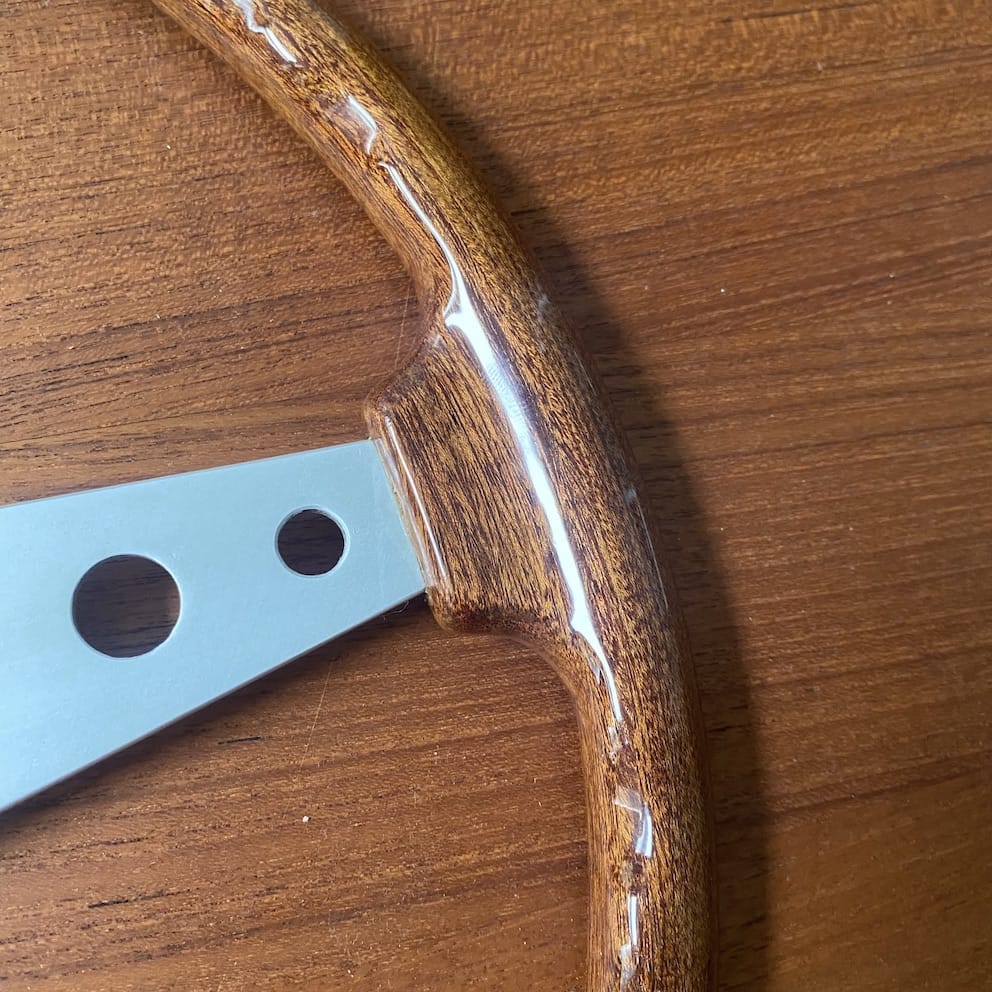
Every detail matters
Let Peter do it
Restoring a wooden steering wheel is an art form that requires a rare combination of skill, passion and an aura. It’s a dance with automotive history, breathing new life into classic vehicles while retaining the charm of a bygone era. The road to unlocking the mysteries of the restoration is an enjoyable one, and the result is a stunning wooden steering wheel ready to steer another generation through the streets of time. I was not able to reveal the secrets of this extraordinary restoration down to the last detail, but I can highly recommend Peter and offer anyone who has a wooden steering wheel or other wooden car parts to restore to let him do it. So send it to me and I’ll take it to Peter.

